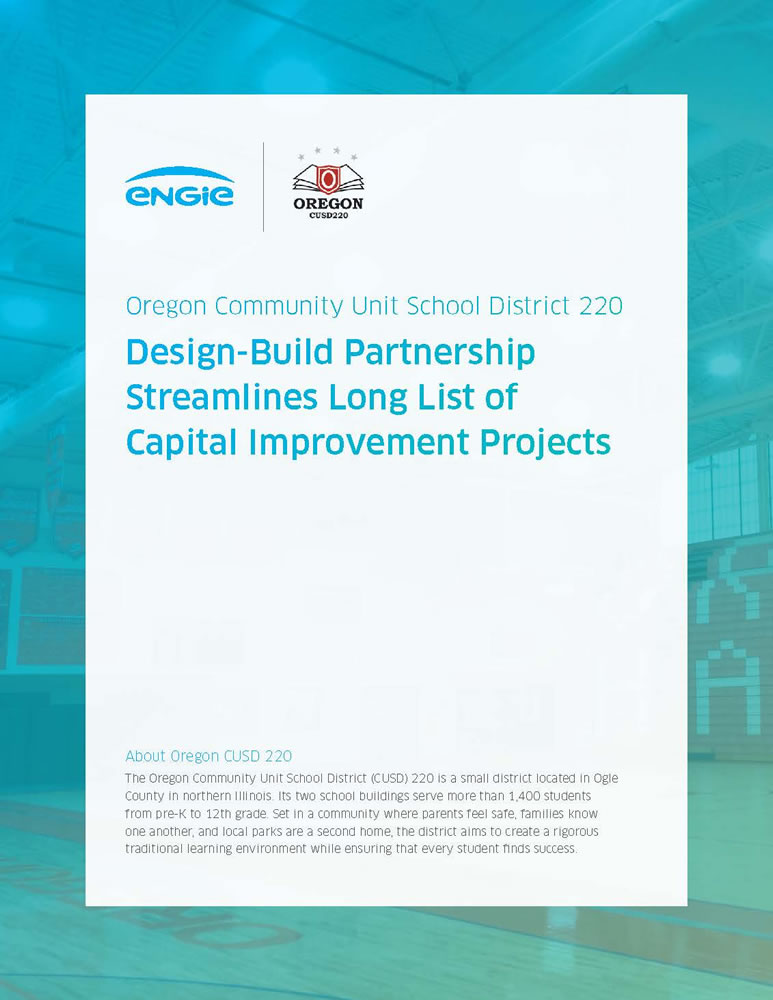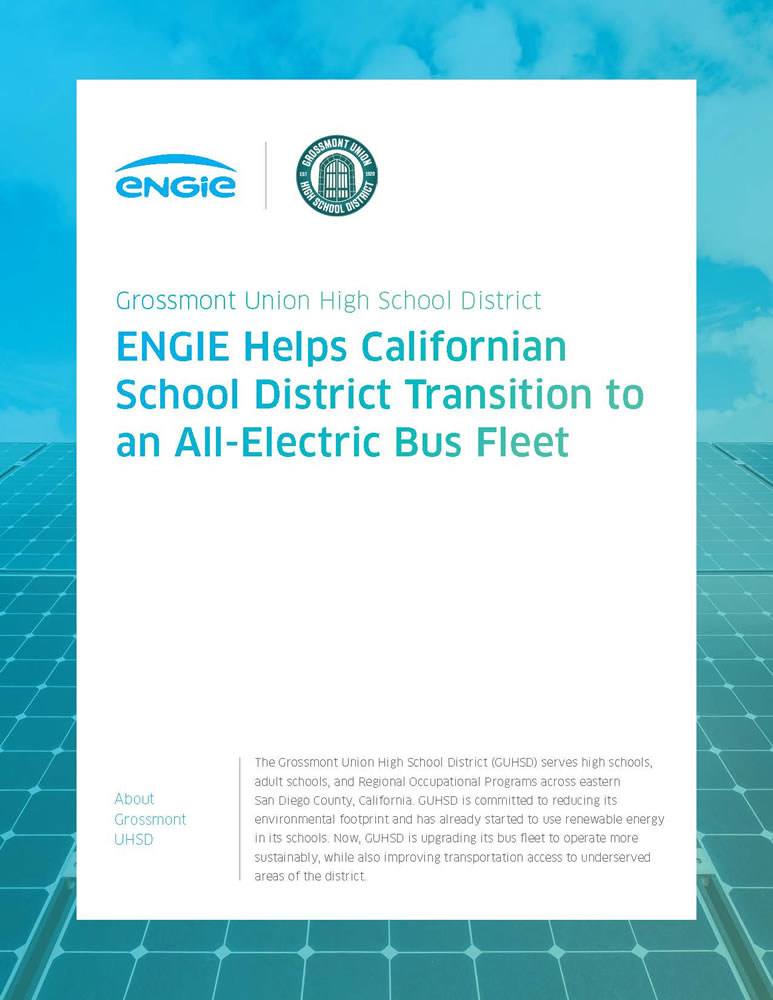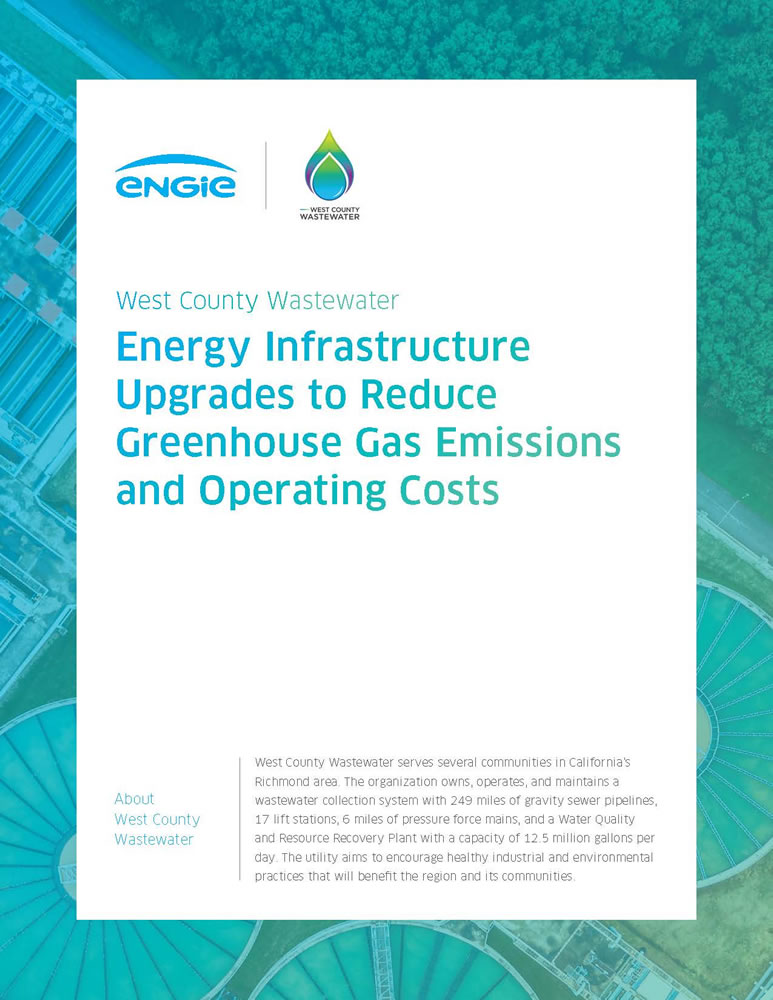Net Zero: An Imperative for the Planet
The energy transition is an imperative for the planet and ENGIE. We have placed it at the heart of our strategy with a commitment to carbon neutrality for all our activities by 2045 and supporting our customers’ decarbonization journeys with a target of 45Mt CO2-eq per year.
The climate challenges dictating our strategy extend far beyond ENGIE’s scope and are a matter for the whole of humanity. We are committed to accelerating the Net Zero Transition and are uniquely positioned to accelerate it.
Net Zero: An Imperative for the Planet
The energy transition is an imperative for the planet and ENGIE. We have placed it at the heart of our strategy with a commitment to carbon neutrality for all our activities by 2045 and supporting our customers’ decarbonization journeys with a target of 45Mt CO2-eq per year.
The climate challenges dictating our strategy extend far beyond ENGIE’s scope and are a matter for the whole of humanity. We are committed to accelerating the Net Zero Transition and are uniquely positioned to accelerate it.


